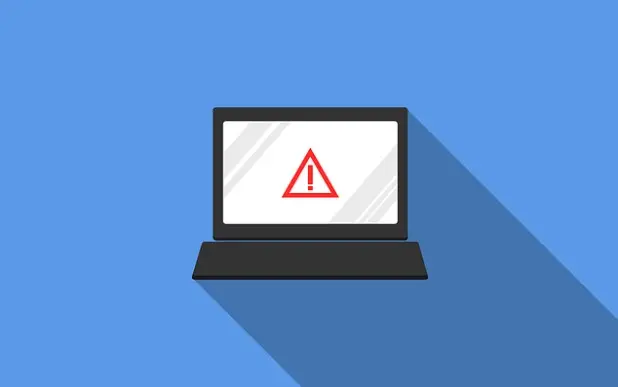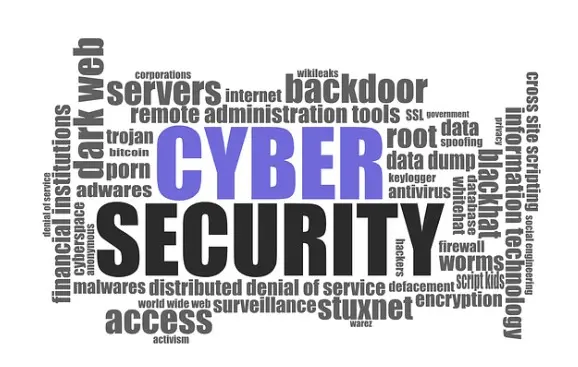In today’s digital age, data breaches have become a growing concern for individuals and businesses alike. The potential fallout from a data breach can be devastating, resulting in financial losses, reputational damage, and legal consequences. To mitigate this risk, it is crucial to implement effective strategies that prioritize data security. This article explores five proven strategies to help prevent data breaches and safeguard sensitive information.

Understanding the Importance of Data Security
Data security is the practice of protecting digital information from unauthorized access, corruption, or theft. In today’s interconnected world, where technology plays an integral role in our personal and professional lives, the importance of data security cannot be overstated. It is not just about safeguarding sensitive information but also about maintaining trust, ensuring compliance with regulations, and preserving the reputation of individuals and organizations.
With the ever-increasing reliance on technology, the risk of data breaches has become a pressing concern. Hackers and cybercriminals are constantly evolving, finding new ways to exploit vulnerabilities and gain unauthorized access to sensitive data. They employ sophisticated techniques like phishing, malware, ransomware, and social engineering to breach even the most secure systems. Understanding the rising threat of data breaches is crucial in developing effective prevention strategies.
The Rising Threat of Data Breaches
Over the years, the frequency and severity of data breaches have skyrocketed, leaving no industry or sector untouched. Cybercriminals target organizations of all sizes, from small businesses to multinational corporations and individuals alike. The potential for financial gain by exploiting sensitive data makes data breaches attractive to hackers.
Moreover, data breaches not only compromise personal and financial information but also pose significant risks to national security. Governments around the world are increasingly concerned about state-sponsored cyberattacks and the potential disruption they can cause to critical infrastructure, economies, and public services.
By staying informed about the evolving threat landscape, businesses can better prepare and protect their valuable data. This includes investing in robust cybersecurity measures, conducting regular security audits, and fostering a culture of security awareness among employees.

The Impact of Data Breaches on Businesses
Data breaches can have far-reaching consequences for businesses of all sizes. The impact can be devastating from the immediate financial costs associated with breach remediation to long-term reputational damage.
When a data breach occurs, organizations may face significant financial burdens, including the costs of forensic investigations, legal fees, regulatory fines, and potential lawsuits from affected individuals. Not to mention the potential loss of business opportunities as customers lose trust and take their business elsewhere.
Furthermore, data breaches often lead to legal and regulatory repercussions. Organizations may be subject to investigations by regulatory bodies, such as data protection authorities, and may need to comply with various breach notification requirements. Failure to meet these obligations can result in additional penalties and further damage to an organization’s reputation.
Implementing robust prevention strategies is essential to minimize the potential fallout from a data breach. This includes adopting encryption technologies, implementing strong access controls, regularly updating software and systems, and providing comprehensive employee training on data security best practices.
In conclusion, data security is not a luxury but a necessity in today’s digital landscape. Understanding the importance of data security, the rising threat of data breaches, and their impact on businesses is crucial for individuals and organizations to protect their sensitive information and maintain trust in an increasingly interconnected world.
Strategy 1: Regularly Update and Patch Your Systems
One of the most effective ways to prevent data breaches is to ensure that all systems and software are regularly updated and patched. Software updates often include critical security fixes that address known vulnerabilities. By staying up-to-date with these updates, businesses can significantly reduce the risk of exploitation by hackers.
The Role of Software Updates in Data Security
Software updates introduce new features and functionalities and address security vulnerabilities. As technology advances, cybercriminals find creative ways to exploit weaknesses in software systems. By regularly updating software, businesses can stay one step ahead of potential threats and minimize the risk of a data breach.
For example, consider a scenario where a business uses outdated software with a known vulnerability. Hackers can easily exploit this vulnerability to gain unauthorized access to the system and steal sensitive data. However, if the business regularly updates its software, it can patch the vulnerability and effectively close the door to potential attacks.
Patch Management: A Key to Preventing Data Breaches
Efficient patch management is crucial to maintaining a secure IT infrastructure. Patch management involves deploying updates promptly across all systems, minimizing the window of opportunity for hackers. By establishing a well-defined patch management process, businesses can ensure that all systems are updated in a timely manner, reducing the risk of security breaches.
Implementing a robust patch management system involves several steps. First, businesses need to identify all the software and systems within their infrastructure that require regular updates. This includes operating systems, applications, and firmware. Once identified, a schedule should be established to ensure updates are promptly deployed.
Furthermore, businesses should prioritize critical security updates that address known vulnerabilities. These updates should be applied as soon as they become available to minimize the risk of exploitation. Additionally, businesses should test the updates in a controlled environment before deploying them to production systems, ensuring they do not introduce compatibility issues or unintended consequences.
It is also important to note that patch management is not a one-time process. New vulnerabilities are constantly being discovered, and software vendors release updates regularly to address these vulnerabilities. Therefore, businesses should establish a continuous monitoring and update process to stay on top of the latest security patches.
By implementing effective patch management practices, businesses can proactively protect their systems and data from potential threats. Regular updates and patches not only strengthen an organization’s security posture but also demonstrate a commitment to data security, which can enhance customer trust and confidence.
Strategy 2: Implement Strong Access Control Measures
Controlling access to sensitive data is a fundamental component of data security. Implementing robust access control measures ensures that only authorized individuals can access critical information.
The Importance of User Authentication
User authentication is the process of verifying the identity of individuals attempting to access a system or data. Strong authentication mechanisms, such as multi-factor authentication, significantly enhance the security of access control systems. By requiring multiple factors, such as passwords, biometrics, or security tokens, businesses can strengthen their defenses against unauthorized access.
Role-Based Access Control: A Closer Look
Role-Based Access Control (RBAC) is a security mechanism that assigns user permissions based on defined organizational roles and responsibilities. RBAC ensures that individuals only have access to the information necessary for their job function, limiting the potential impact of a data breach. By implementing RBAC, businesses can streamline access management and minimize the risk of unauthorized data access.
Strategy 3: Encourage Employee Training and Awareness
While implementing technical security measures is crucial, human error remains a significant threat to data security. Employees are often the weakest link in an organization’s security chain. Businesses can empower their workforce to recognize and respond to potential security threats by prioritizing employee training and awareness.
The Human Factor in Data Security
From falling victim to phishing emails to inadvertently disclosing sensitive information, human error contributes to a significant number of data breaches. Recognizing the importance of the human factor in data security is the first step towards creating a more resilient organization. Through education and training, employees can become an effective line of defense against cyber threats.
Effective Training Programs for Data Breach Prevention
Regular training programs covering topics such as phishing awareness, secure password practices, and social engineering can significantly reduce the risk of a data breach. Businesses can enhance their overall data security posture by fostering a culture of security awareness and equipping employees with the knowledge to identify potential threats.
Strategy 4: Regularly Backup and Encrypt Your Data
In the event of a data breach, having regularly backed up and encrypted data can be a lifesaver. Data encryption adds an extra layer of protection by scrambling sensitive information, making it unreadable to unauthorized individuals.
Understanding Data Encryption
Data encryption is the process of converting plaintext information into ciphertext, making it unreadable without the corresponding decryption key. By encrypting sensitive data at rest and in transit, businesses can ensure that the stolen information remains indecipherable even if a breach occurs.
The Role of Regular Backups in Data Security
Regular backups are essential for data recovery in the event of a breach or system failure. By storing copies of critical data in secure locations, businesses can minimize the impact of data loss and maintain continuity. Periodic testing of backup systems is equally important to ensure the integrity and reliability of backups.
Conclusion
Data breaches pose a significant threat to businesses, and their consequences can be devastating. By implementing these five proven strategies – regularly updating and patching systems, implementing strong access control measures, encouraging employee training and awareness, and regularly backing up and encrypting data – businesses can proactively enhance their data security and protect sensitive information from falling into the wrong hands. PPGS ™ can audit your privacy policy, data minimization, and security measures to ensure you meet industry standards and best protect users’ personal information. As the threat landscape continues to evolve, it is crucial to remain vigilant and continually adapt and improve prevention strategies to stay one step ahead of hackers and cybercriminals.
